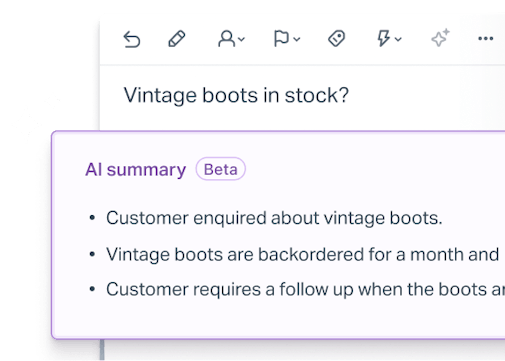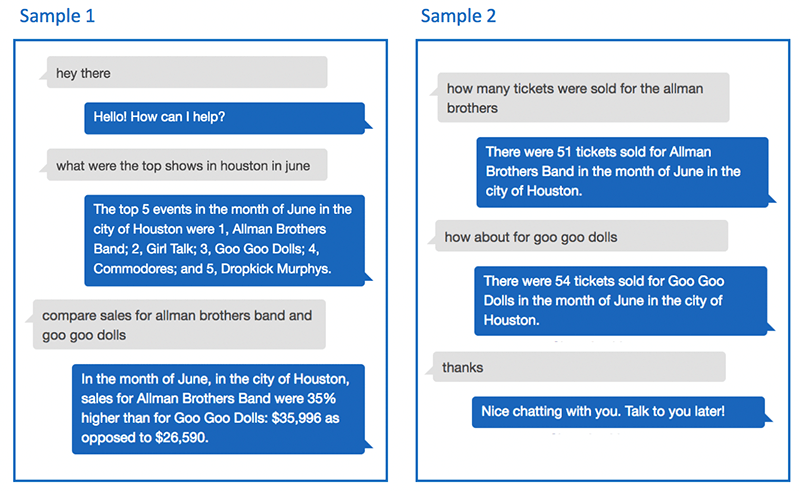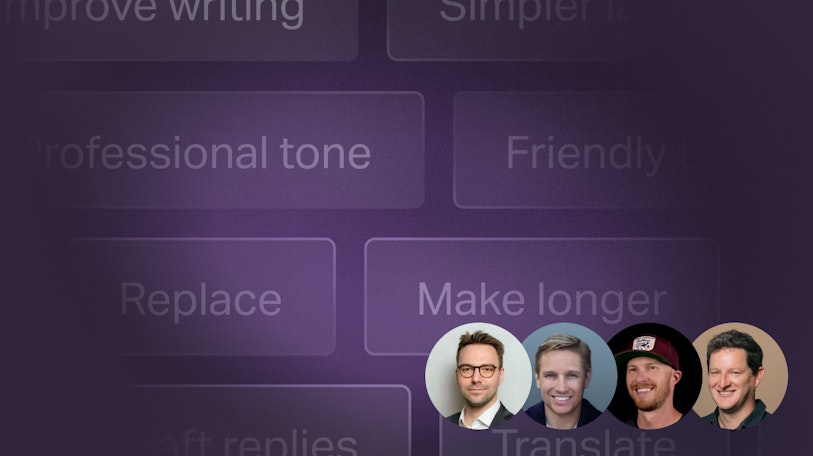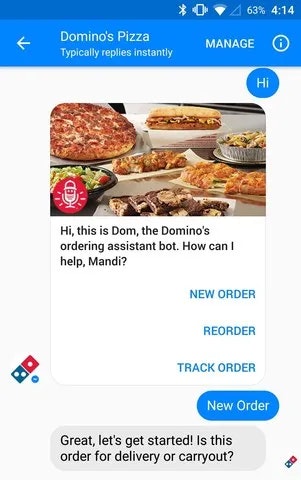Chatbots get a bad rap, often because companies implement their chatbots with a primary goal of deflecting customer inquiries. The focus is on eliminating incoming support tickets — not on delivering an exceptional customer experience.
But there are better, more thoughtful ways to approach implementing a chatbot for customer service. The rise of generative AI means chatbots are now able to do more than ever — and to do it in a better, more human-like way.
If you’re considering implementing a customer service chatbot for your support team, in this article we’ll explore the benefits and look at some AI chatbot examples that prioritize creating a smooth experience for customers.
What is a chatbot?
Chatbots are computer programs (bots) that are meant to simulate human conversation. People can interact with chatbots in a voice or text-based interface, though text-based chatbots are probably the more common example.
Chatbots can use artificial intelligence to understand and respond to customers — and it's becoming more common for them to do so — but they don’t necessarily have to.
Chatbots can be:
Rule-based or menu-based. These chatbots follow a predetermined set of rules in how they respond to a customer query. They are typically used for simple and specific tasks, like providing basic information, answering frequently asked questions, or automating simple processes.
Keyword-based. These chatbots look for and act upon specific keywords that a user inputs. These are popular in the form of widgets that integrate with your help center, where they match keywords in a user’s question with the text in your knowledge base articles.
AI-powered. Unsurprisingly, these are the chatbots that leverage machine learning and actually try to have a conversation with the customer on the other end.
What is conversational AI?
Conversational AI is a field of AI that focuses on creating systems capable of understanding, interpreting, and generating human language in a way that is both contextually relevant and responsive. Since the release of ChatGPT in late 2022, the term generative AI is typically used to describe AI with the ability to generate new, human-like content.
To accomplish this goal, AI models use Natural Language Processing (NLP), which allows computers to understand and process human language.
Conversational AI chatbots are one potential application of generative AI. In theory, AI-powered bots are far more intelligent than rule-based ones. They’re flexible, technologically advanced, and can potentially help your support team deliver a positive and scalable customer experience.
The benefits of an AI-powered chatbot
Chatbots have been used in the customer service space for some years now. While these implementations may have sometimes had poor results, the overarching benefits of an effective AI chatbot are clear:
Increased efficiency. Chatbots can provide an answer instantly, around the clock, to a virtually endless number of requests without ever getting tired. That makes them extremely efficient and scalable.
Improved customer experience. While not a given, an AI-powered chatbot can improve your customer experience. In addition to the actual chatbot experience, companies often reduce their response times and inbound ticket volume when they implement an effective chatbot. This means your human team members are able to provide faster and more thorough responses to inquiries your chatbot can’t solve.
Lower operational costs. By enabling your team to provide support to a larger volume of customers without scaling in headcount, chatbots can dramatically reduce your operational costs.
More personalized interactions. The difference between an AI-based bot and a rule-based one is that the AI bot can personalize the interaction to each customer. Personalization is key to truly delighting your customers.
We’ve long been skeptical about chatbots at Help Scout, but our opinion on AI is evolving as we explore the capabilities of generative AI.
Using chatbots in a way that empowers your support team and improves your customer experience can be difficult — but it’s getting easier.
4 examples of AI-based chatbots for great service quality
There are so many potential applications of AI-based chatbots. Beyond customer service applications, these tools are so versatile that they can help teams perform tasks across multiple industries, such as:
Disease diagnosis in healthcare.
Fraud detection in finance.
Process automation in manufacturing.
What each of these have in common is that they work best in tandem with humans. AI can’t replace people, but it can support them, reduce the potential for errors, and do some of the heavy lifting.
1. Open AI's ChatGPT
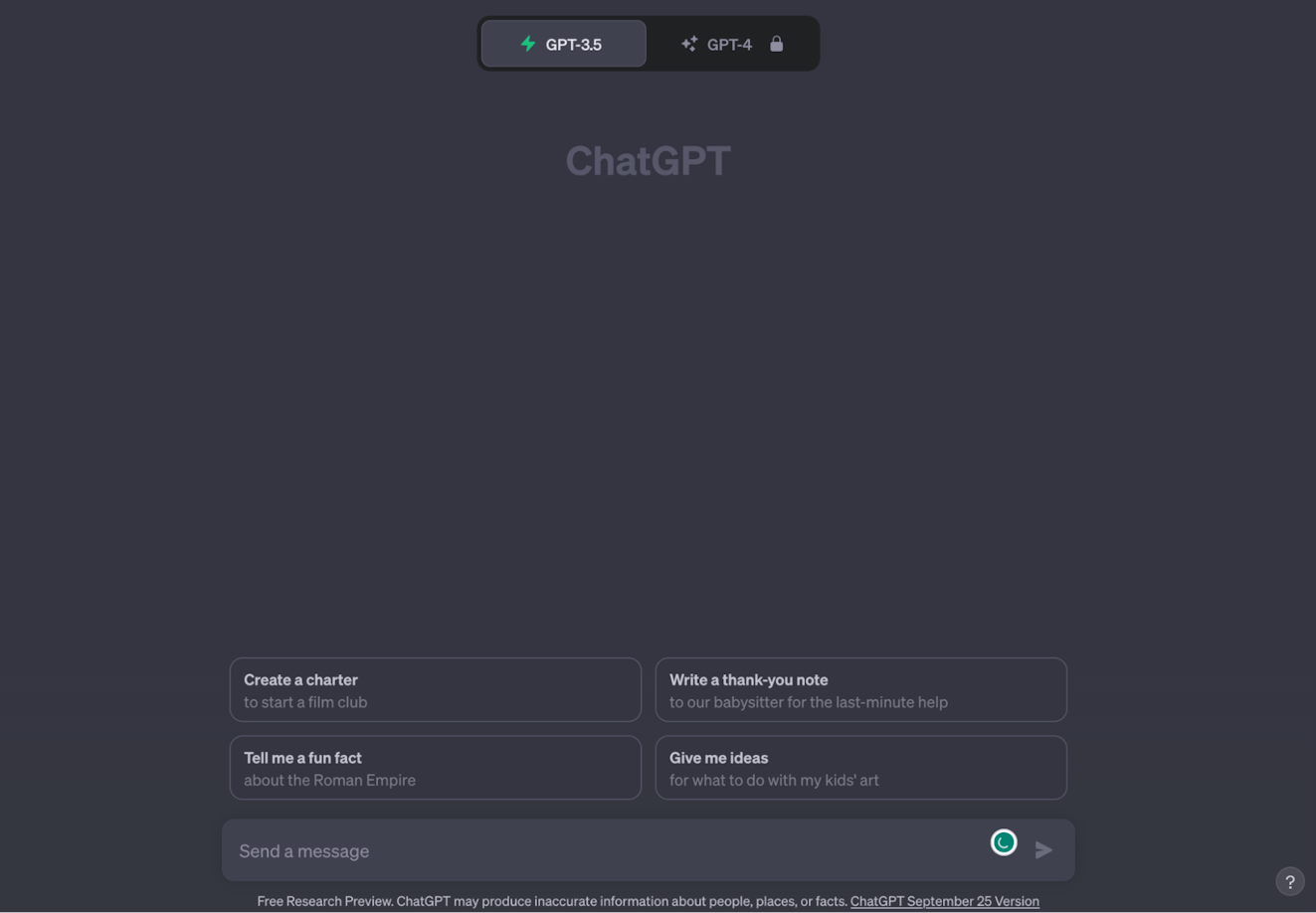
If you’re one of the people who experienced the early days of rule-based chatbots — which often struggle to understand text inputs — then you were probably blown away by ChatGPT.
There’s a massive difference between ChatGPT (based on OpenAI’s GPT-3.5 model) and the typical chatbot.
ChatGPT became the fastest growing internet application of all time within a few short weeks. It’s a sophisticated language model that can engage in text-based conversations with users in a natural and human-like manner. It’s also pre-trained on a giant dataset of text from the internet, so it can grasp a broad range of topics and languages. This pre-training is followed by fine-tuning, which helps adapt the model to specific tasks and use cases.
It’s really the combination of getting trained on a huge dataset and the human fine-tuning afterward that’s made ChatGPT as versatile as it is today.
At Help Scout, we used the same language models that power ChatGPT to develop two AI features to help your agents provide a better customer experience:
AI assist, which your agents can use to correct, rephrase, and translate their responses.
AI summarize, which makes it easier to catch up on lengthier conversations.
Tools and features like these are some of the best applications of these types of AI technology. They provide extra support to make your agents faster and help them provide consistently better customer experiences.
2. IBM watsonx Assistant
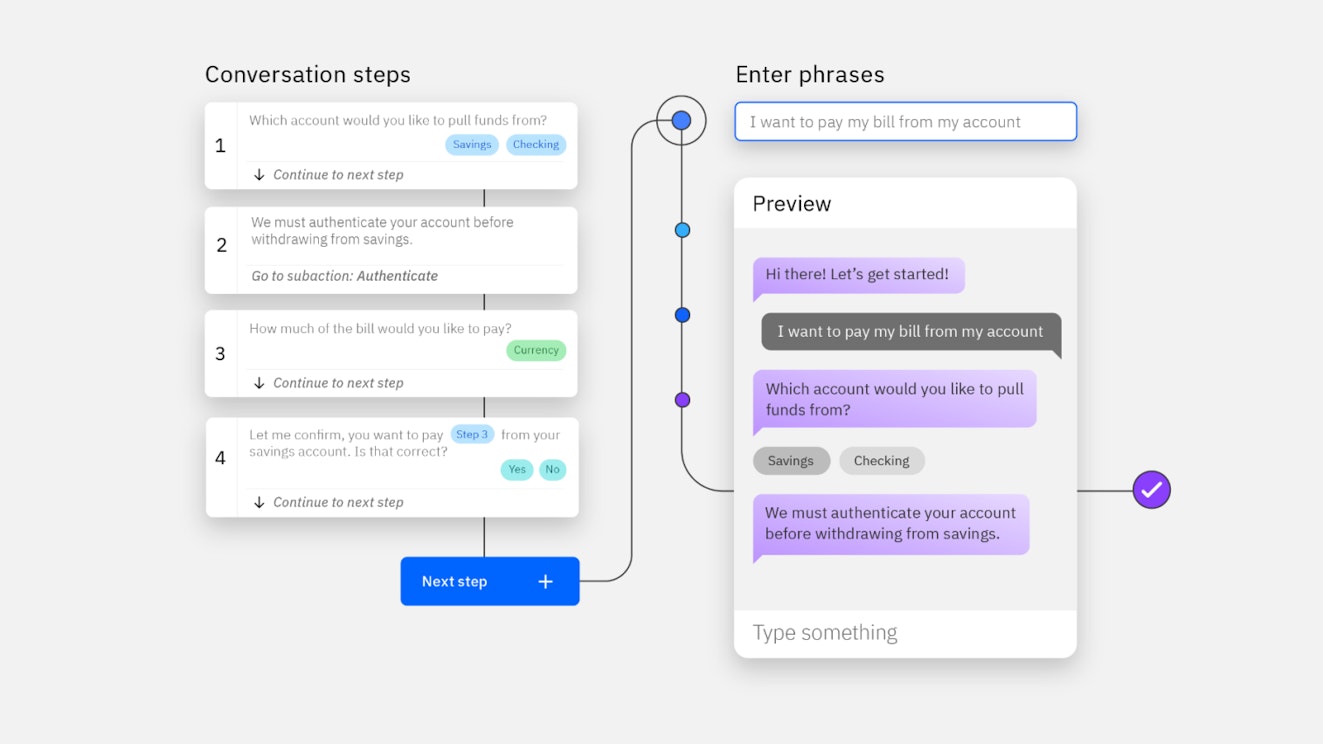
IBM has been working on chatbot solutions for businesses since 2011, when they first released IBM Watson.
IBM Watson is a comprehensive platform that encompasses a wide range of AI and cognitive computing services and tools. It includes services for data analysis, machine learning, natural language processing, and more.
IBM took that technology and built it into a tool that businesses can use to create their own chatbots, which became watsonx Assistant. It works in a similar way to many other AI-powered chatbots:
It’s trained on a diverse dataset of text and conversation examples from various sources, which are then fine-tuned for specific applications.
When a user interacts with a chatbot or virtual assistant, their input is processed by watsonx Assistant.
The NLP component analyzes the text to determine the user's intent and understand the context of the conversation.
It uses a dialogue flow to maintain context, manage the conversation, and generate a response based on that.
IBM watsonx Assistant is basically a combination between an AI-based and a rule-based chatbot, which makes it a great option for teams that want the advantages of both. The outcome should be a bot that can understand and process language but still follows a predetermined set of solutions.
Because it’s more of a virtual assistant, watsonx Assistant can be used in a wide variety of industries or in multiple areas across your company. Their pricing model includes multiple assistants as well.
3. Amazon Lex
If you want to build your own chatbot and have full visibility over what it’s doing and how it works, you should also check out Amazon Lex.
Amazon Lex is a cloud service provided by Amazon Web Services (AWS) that enables developers to build conversational interfaces, chatbots, and voice-driven applications. It uses automatic speech recognition (ASR) for speech input and natural language understanding (NLU) to generate text-based responses.
Unlike some of the other options on this list, Amazon Lex requires staffing power. You’ll need:
An author who writes the decision flows. This would be the person who is closest to the user and understands their needs best.
A developer to build and deploy the bot.
Potentially a UX designer, to ensure that your customers can interact with it seamlessly.
You’ll also be responsible for monitoring and adapting your bot, so you’ll likely need some data analysts or other stakeholders to help with continuous improvement.
Lex is an option if you have the resources and skills in-house and want to build a solution that’s 100% tailored to your product and brand. It might work best for products that are more complex or where solutions wouldn’t fit into a simple decision tree that’s copied over from another provider.
It could also be ideal for providing support at a giant scale: for example, for products that follow a freemium model and have a huge user base. Providing a great experience to customers on a free plan can be extremely challenging — and companies like Dropbox have used Lex to support 600 million customers worldwide.
4. Ada

Ada is a customer support chatbot solution, built to automate areas of your customer service. It has three key components:
A resolution engine that generates responses to your customer inquiries.
A language learning model (LLM) that reads and processes questions.
A no-code workflow and automation builder.
If your main goal is to provide customer support at a larger scale than what you can handle with your current team, Ada might be a great option.
It’s often used to handle routine customer inquiries and frequently asked questions, offering instant responses and reducing the need for human intervention.
You can integrate Ada into multiple communication channels, including websites, messaging apps, and social media platforms, to provide consistent support and engagement.
Ada can also pull information from an existing knowledge base, helping you get more value from your existing help documentation.
Functionally, Ada is part rule-based chatbot and part AI-powered chatbot. Like many chatbot solutions before the release of ChatGPT, Ada’s bot workflows were scripted and followed a rule-based model.
Today, Ada also offers a generative AI option, where it simply ingests your existing content and the AI generates responses based on that.
While it’s nice to get to choose between the two, the best customer experience often lies in combining these two approaches. When generative AI encounters queries it doesn’t understand, it can use rule-based responses as fallbacks to ensure that customers receive some form of answer.
Using chatbots to enhance customer experience
Knowing the tools that are out there can be informative, but seeing what other brands have been able to do with chatbots can provide a whole different type of inspiration.
One great example of a chatbot that creates a memorable experience is Domino’s pizza bot. Its main purpose is to make it easy for customers to order pizza on Facebook Messenger — and it became shockingly popular.
Domino’s bot is extremely simple, and it’s a good example of a menu-based bot. It gives customers three options and requires minimal customer input. In fact, a returning customer can order a pizza literally by sending it a pizza emoji, because it can remember their previous order.
While AI chatbots get a lot of attention, Domino’s bot is a great example of a business using chatbot technology to deliver a great outcome — both for customers and for the business. Domino’s pizza bot does a single thing really well, and it creates an experience that customers love.
Sometimes your customers don’t need any extra bells and whistles (they just need pizza).
Implementing an AI-based chatbot that works
Chatbots have their limitations, but with the power of generative AI, they’re quickly becoming better at helping customers resolve issues.
However, they still might struggle with understanding slang, jargon, or complex issues. Even more importantly, they lack emotional intelligence and are incapable of showing real empathy to customers.
That’s what people are for.
An AI chatbot may be a great solution for your business, as some of the examples above show. But getting AI right isn’t a guarantee — it requires intentionality and careful planning. If you’re still eager to learn more, check out this deep dive into the benefits of AI in customer service.






